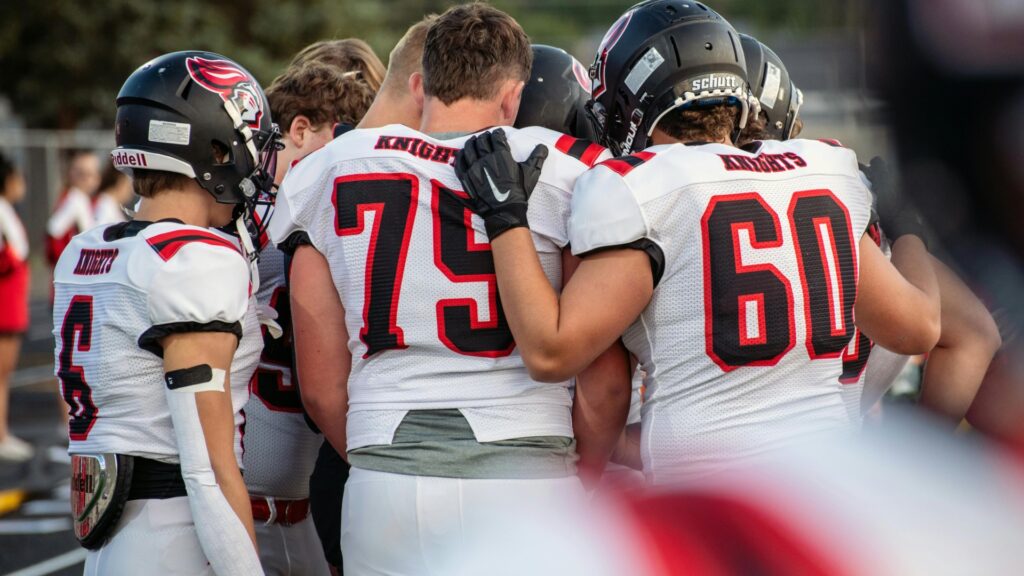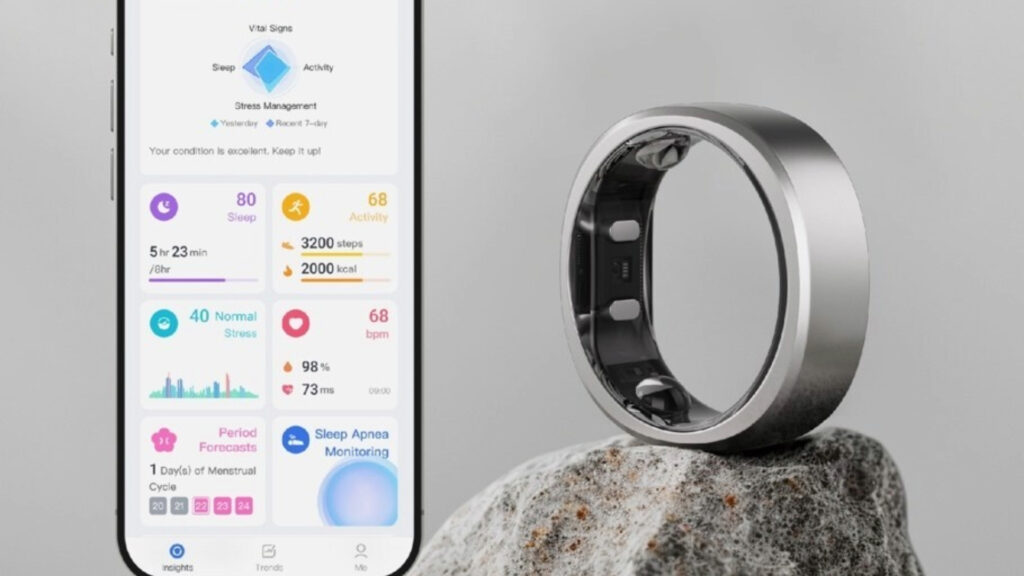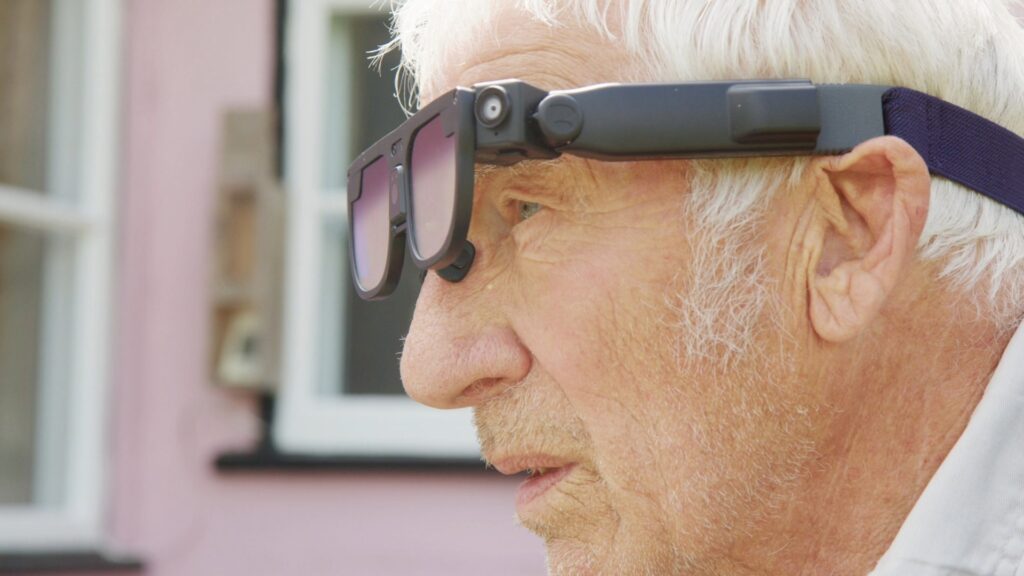Consumer-grade fitness trackers like the Fitbit Sense may offer a practical tool for future monitoring studies of adolescent athletes recovering from sports injuries, according to a feasibility study that found high device adherence rates but did not evaluate clinical effectiveness. Researchers from Johns Hopkins All Children’s Hospital and Johns Hopkins University School of Medicine conducted a prospective longitudinal cohort study examining whether teenagers would consistently wear and sync these devices throughout their recovery period, with findings published in JMIR Formative Research.
The study addresses a critical gap in youth sports medicine where student athletes often lack the comprehensive care infrastructure available to collegiate and professional athletes. However, the authors emphasize this is pre-clinical stage research establishing feasibility only, with larger controlled trials needed before any clinical implementation.
Key Points
- Researchers tested whether injured teen athletes would consistently wear and sync Fitbit devices during recovery, finding 93-95% daily adherence rates – demonstrating feasibility but not evaluating whether the data could improve clinical outcomes.
- Researchers tested Fitbit Sense devices with 34 high school athletes (ages 14-18) from Admiral Farragut Academy and Indian Rocks Christian School in Florida, monitoring them from injury through 4-6 weeks after medical clearance.
- The orthopedic injury group demonstrated 95% median daily adherence (range 82-100%), while the concussion group showed 93% median adherence (range 37-100%).
This observational feasibility study collected data on cardiovascular metrics, physical activity levels, and sleep patterns but did not perform within- or between-group statistical comparisons, which were beyond the scope of this preliminary research. The study did not analyze whether collected data could predict recovery outcomes or guide treatment decisions.
The Data
- The study enrolled participants between September 2021 and June 2022, with data collection through April 2022.
- Four participants were excluded from analysis due to non-adherence with study procedures or failure to recover within 180 days.
- GPS functionality was disabled on all devices to protect participant privacy, with data transmitted via HIPAA-compliant Fitabase platform.
- Initial two-week adherence rates reached 98% for concussion patients and 100% for orthopedic injury patients, with rates of 88% and 83% respectively among those still enrolled by days 43-56.
- Recovery times averaged 25.64 days (±18.1 days) for concussion patients, defined as days until symptom resolution allowing start of return-to-play protocol, and 32.12 days (±20.48 days) for orthopedic injury patients, defined as days until full sport participation clearance.
- Only one device replacement was needed across all participants due to loss, with no significant connectivity or functionality issues reported.
- The Fitbit Sense utilized multiple sensors including photoplethysmogram, optical heart rate, electrodermal activity, accelerometer, gyroscope, and ambient light sensors.
- 71% of concussion patients and 58% of orthopedic patients participated in contact/collision sports, which may have affected adherence during return-to-play phases when devices must be removed for safety.
Industry Context
Consumer-grade wearable devices may provide accessible options for continuous monitoring in future studies, though this feasibility research represents only an initial step toward understanding their potential role in youth sports injury recovery.
Dr. Danielle Ransom, Lead Researcher, Johns Hopkins All Children’s Hospital
This research addresses a documented healthcare disparity in youth sports medicine, where up to 30% of individuals report not obtaining care for sports-related injuries according to cited literature. Unlike professional athletes who receive immediate specialized care, adolescent athletes must navigate complex healthcare systems while managing academic responsibilities and relying on caregivers for transportation to appointments.
The Johns Hopkins team’s approach builds on growing evidence that wearable devices can provide continuous physiological monitoring, though they emphasize critical limitations compared to clinical-grade equipment. The study tested adherence only and did not perform statistical comparisons between groups or analyze whether device metrics correlated with recovery trajectories.
The study, funded by the Kart 4 Kids Concussion Initiative through the Johns Hopkins All Children’s Foundation with no conflicts of interest, received IRB approval and compensated participants with the Fitbit device, gift cards, and volunteer hours. The authors emphasize this feasibility study is only the first step, with future research needed to expand to larger diverse cohorts, conduct statistical comparisons between groups, and validate whether device metrics can predict recovery outcomes or guide clinical decisions. While consumer devices cannot replace specialized clinical assessments, the high adherence rates demonstrated suggest adolescent athletes will reliably wear fitness trackers during recovery.
The study, “Feasibility of Data Collection Via Consumer-Grade Wearable Devices in Adolescent Student Athletes: Prospective Longitudinal Cohort Study,” was published in JMIR Formative Research, June 2025 (DOI: 10.2196/54630).



